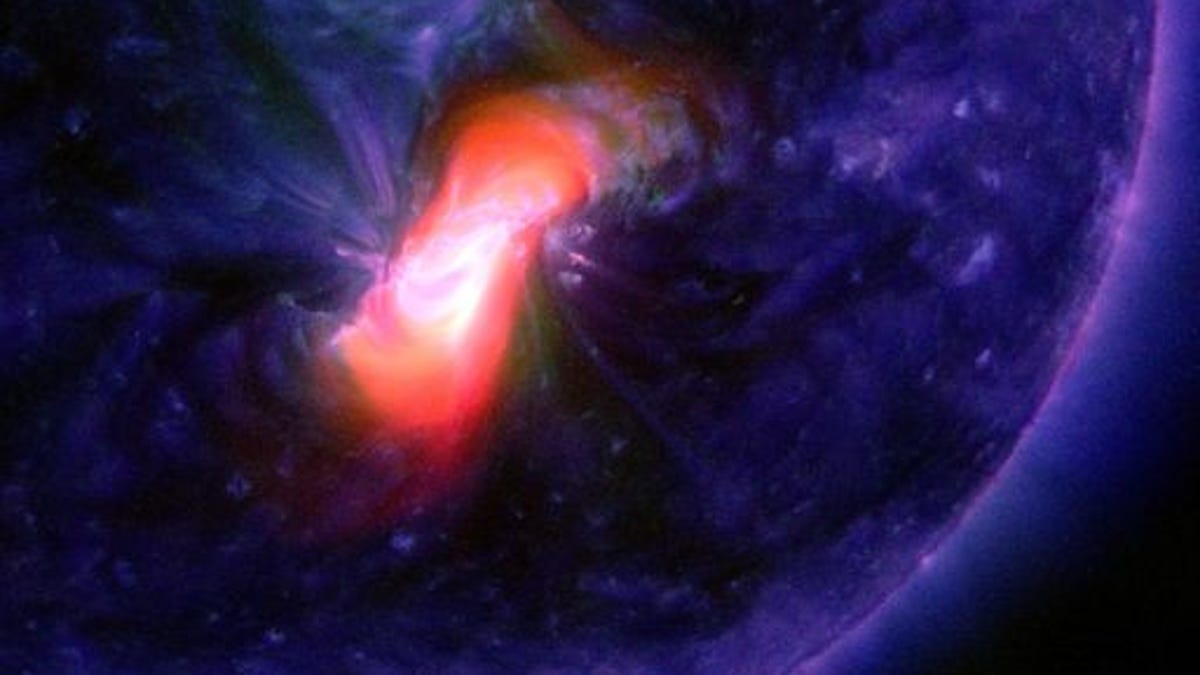Stellar auroras could spill into New Year's Eve
Thanks to a solar flare earlier this week, those far enough north and south will be treated to light show in the sky tonight and maybe even tomorrow.
It seems the sun likes to ring in the new year with a bang. Last year our star sent us an intense solar flare in the days leading up to Christmas. This week it let out a blast of the particles that could show up as auroras when they collide with Earth's atmosphere, setting up a potential light show for Wednesday and perhaps even spilling into New Year's Eve.
NASA's Solar Dynamics Observatory recorded a major solar flare on December 28 that created a coronal mass ejection, or CME. When a CME makes it way toward Earth, it can create so-called geomagnetic storms above our planet. These storms don't pose any threat, but they can sometimes disrupt communications technology, particularly those that use high frequencies like HAM radios. For most people, the only real impact of this CME will be the potential light show it creates.
In the northern hemisphere, NOAA's Space Weather Prediction Center says Northern Lights may be visible Wednesday evening as low as 50 degrees geomagnetic latitude, which includes areas as far south as Oregon and Illinois in the United States. Australia's Space Weather Service is also predicting southern auroras will be visible down under Wednesday and Thursday.
The storm is expected to slow from a major event to a minor event on New Year's Eve, but there's still a chance of ringing in 2016 with an epic auroral glow in the background. If any auroras happen to attend your festivities, please tweet us a photo at @Crave and @EricCMack.


